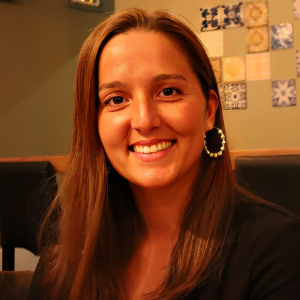Title : Grisel’s disease: a rare cause of torticollis in the pediatric age
Abstract:
Atlantoaxial Rotatory Displacement (AARD) is a pediatric cervical spine rotatory instability caused by C1-C2 subluxation or facet dislocation. The most common presentation is a young child who presents with torticollis. Common causes include infection, trauma, recent head or neck surgery, idiopathic or other associated conditions such as Down's syndrome, rheumatoid arthritis, tumors or congenital anomalies. Grisel's disease is the non-traumatic condition of AARD following a respiratory infection or retropharyngeal abscess thought to be linked to lymphatic edema in the cervical spine. Diagnosis is made by CT-scan of the cervical spine. Treatment can vary from a soft collar to surgical fusion, depending on the severity and chronicity of the condition. We present a 11-year-old girl with a 3-day onset neck pain and a left facial swelling. She also presented torticollis, limitation in cervical motion and trapezius contracture, without elicit pain on cervical spinous processes. Her parents brought her after a failed attempt of management with pain killers alone. A cervical CT-scan revealed an increase of the region of the palatine tonsil, with a thin ipsilateral peri-tonsillar phlegm (3x8mm) and bilateral non-suppurating reactive adenopathies as well as a rotatory C1-C2 subluxation (Fielding I). She was admitted under intravenous antibiotic, non-steroidal anti-inflammatory drugs and with a cervical collar. She had a favorable evolution completing 10 days of amoxicillin-clavulanate and 7 days of cervical immobilization. She was discharged after a complete symptom resolution. She was evaluated one month later where she presented herself asymptomatic. The reassessment cervical CT-scan showed no lesions. Grisel's disease is often miss diagnosed in the presence of an infection near the cervical area in children. However, it can be successfully treated with antibiotics in order to assess the underlying infection, pain killers, muscle relaxants and cervical immobilization. We came to raise awareness in the orthopedic community for this identity since antibiotics would not be the only appropriate management.




